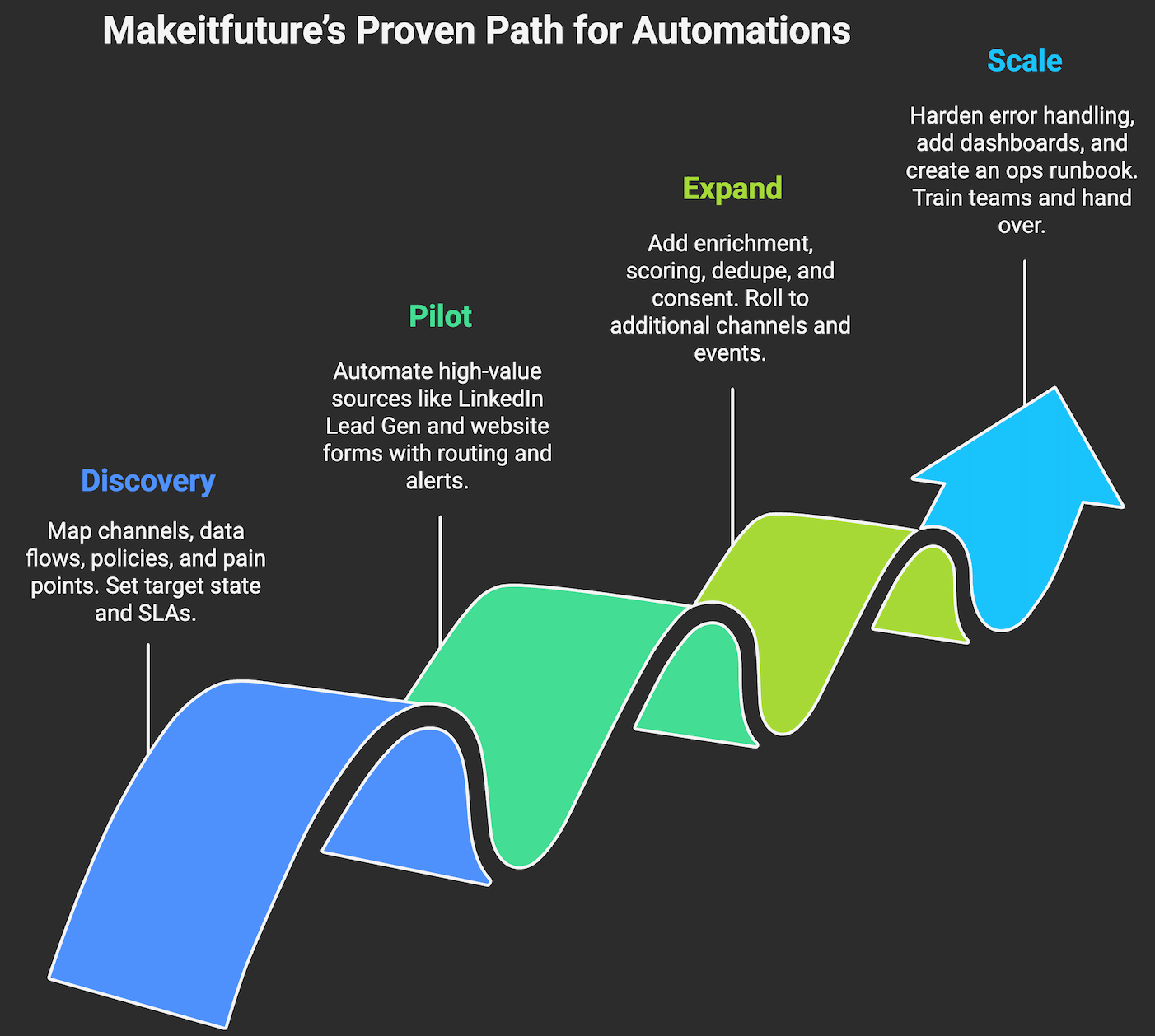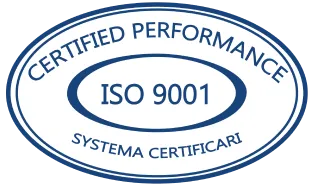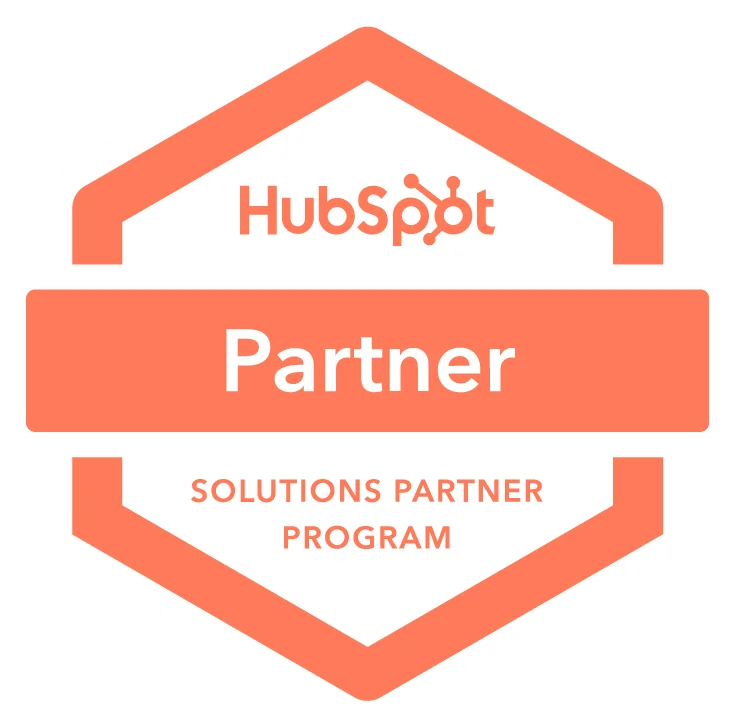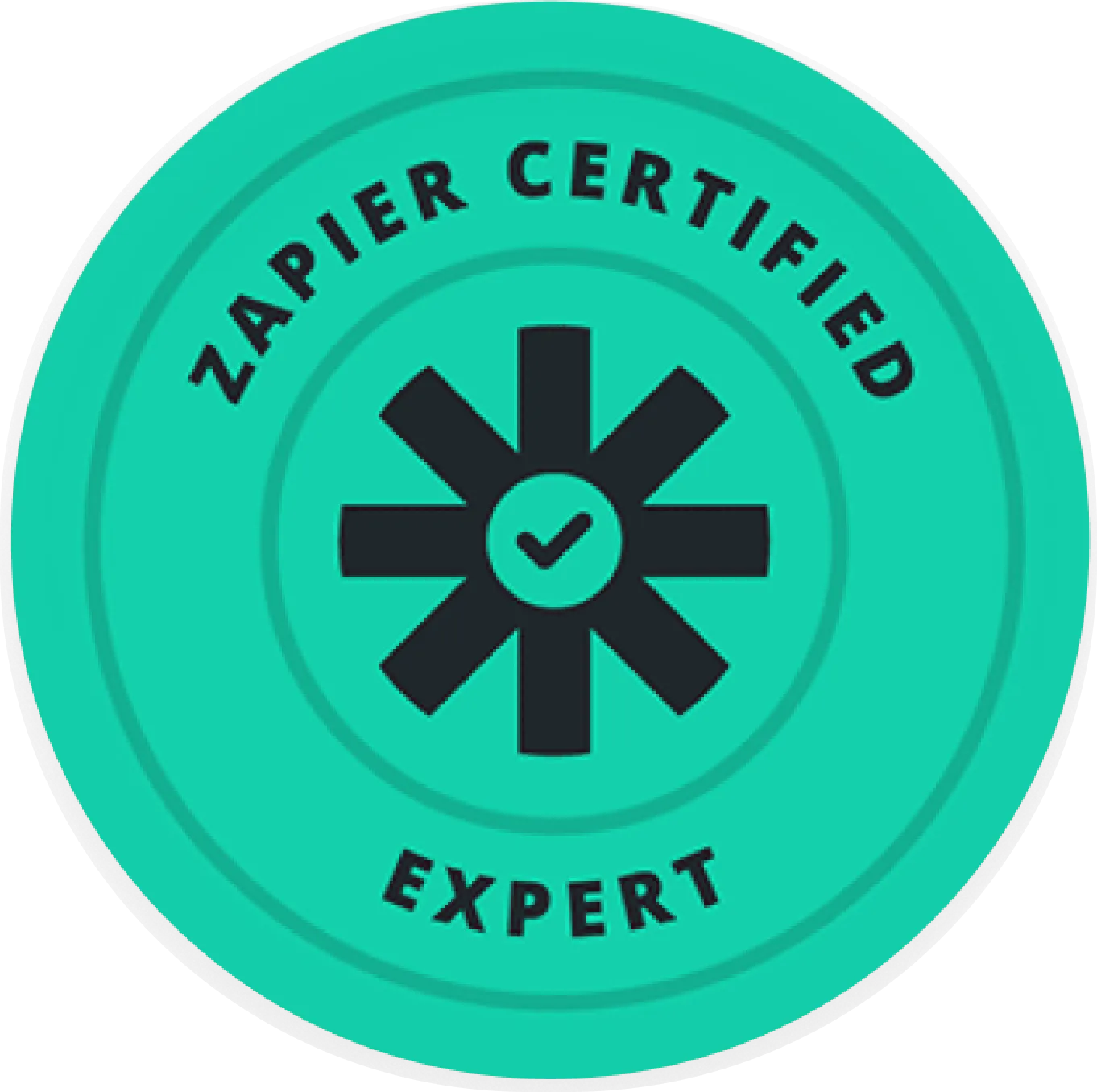Summary. You will learn what lead capture is, how it differs from lead generation, what lead capture automation looks like in practice, the benefits you can expect, and the strategies and components required to make it work. We wrap with a real world example and a clear path to get started.
If you are evaluating what lead capture automation is, this guide gives you the executive view and the implementation detail. You will see where automation drives measurable ROI and how to integrate it with your CRM, marketing automation, and data stack.
WHAT IS LEAD CAPTURE?
Lead capture is the process of collecting contact details and consent from prospects who engage with your brand, then recording that data in your systems for follow up. Think form fills, chat handoffs, native lead forms on ad platforms, event scans, and trial signups, all flowing into your CRM or CDP with accurate attribution and permissions.
LEAD CAPTURE VS LEAD GENERATION
Leaders often use these interchangeably, but they are distinct motions. Use the right terms to fix the right problems.
WHAT IS LEAD CAPTURE AUTOMATION?
Lead capture automation is the orchestration of tools and workflows that ingest prospect data from every channel, validate and enrich it, secure consent, deduplicate identities, score intent, and route to the right next step, all without manual effort.
How it works end to end:
- Ingest, pull leads from forms, chat, ad native lead forms, events, webinars, and trial signups through APIs and webhooks into your CRM or CDP.
- Validate, check email and phone formats, verify domains, and block obvious spam or test data.
- Consent and privacy, record consent basis, capture UTM and source, apply geo specific policies like GDPR and TCPA.
- Enrich and normalize, append firmographics and roles from providers such as Clearbit or ZoomInfo and standardize fields for segmentation.
- Identity resolution and dedupe, match to existing accounts and contacts. Merge duplicates and maintain golden records.
- Scoring and intent, apply rules or predictive scoring and add third party intent where available. Prioritize sales ready leads.
- Routing and activation, assign owners, trigger alerts in Slack or email, drop prospects into nurture sequences, or book meetings automatically.
Why this sequence matters, faster response radically improves qualification odds. Companies that contacted a lead within one hour were nearly seven times more likely to qualify than those who waited longer than an hour. Personalization driven by enrichment and first party data can lift revenue 10 to 15 percent and improve marketing efficiency 10 to 30 percent.
BENEFITS OF LEAD CAPTURE AUTOMATION SYSTEM
- More pipeline from the same spend. Better speed to lead, fewer lost records, and smarter scoring convert more existing demand into opportunities. The one hour response window is critical.
- Lower cost per lead and higher media ROI. Clean attribution and de duplication prevent double counting and wasted follow up, and let you reallocate budget to what works.
- Cleaner data, fewer downstream fires. Poor data quality costs organizations an average of 12.9 million dollars annually, which compounds across processes.
- Compliance by design. Consent logging, preference management, and geographic rules reduce regulatory risk for GDPR, ePrivacy, and TCPA.
- Happier sales teams. Automatic routing, SLA alerts, and complete context in CRM mean fewer cherry picking issues and faster follow up.
- Scale without hiring. Always on workflows handle nights, weekends, and surges after campaigns or events, so you do not need to staff for peaks.
- Reliable measurement. Source and campaign data captured consistently give you trustworthy funnel metrics and multi touch attribution.
STRATEGIES TO CAPTURE LEADS
- Simplify high intent forms. Ask only what sales truly needs. Each extra field can depress conversion. Benchmarks from large datasets show shorter forms convert better with HubSpot.
- Use conversational capture. Route website visitors to live chat or bots that qualify and book meetings. Speed and convenience win, especially on mobile.
- Offer value packed lead magnets. Templates, calculators, diagnostic audits, or interactive tools outperform generic ebooks because they solve a real job.
- Run native lead forms on ads. LinkedIn, Meta, and Google support instant forms that reduce clicks. Sync them directly to your CRM through APIs to keep speed to lead.
- Webinars and events with auto follow up. Gate registration, scan badges on site, and trigger post event sequences with slides, highlights, and a direct calendar link.
- Free trial or freemium signups. For product led motions, capture minimal friction signups and enrich behind the scenes so sales sees business context.
- Exit intent and retargeting. Use polite, value oriented offers when visitors intend to leave, then follow up with channel appropriate nurture.
- Partner and referral capture. Provide co branded landing pages and trackable links so partner sourced leads flow cleanly into your systems.
- Offline to online bridges. QR codes on collateral and booths that land on short forms tied to the specific campaign, with UTMs and consent baked in.
MUST-HAVE COMPONENTS OF A LEAD CAPTURE AUTOMATION SYSTEM
- Omnichannel connectors. APIs or native integrations for forms, chat, ad platforms, webinars, event scanners, and trial apps.
- Consent and preference management. Capture lawful basis, timestamps, language, and channel permissions. Respect and propagate preferences across tools.
- Validation and enrichment. Email and phone verification, domain checks, and enrichment from providers such as Clearbit, ZoomInfo, or Apollo.
- Identity resolution and deduplication. Matching logic across CRM, CDP, and MAP to maintain a single contact and account record.
- Lead scoring. Rules based and predictive scoring that combine firmographics, behavior, and intent to focus sales on high yield work.
- Routing and SLAs. Territory or round robin assignment, meeting scheduling links, and SLA timers with alerts in Slack or email.
- Compliance guardrails. Geo aware policies for GDPR and TCPA, suppression lists, and audit logs accessible to legal and security.
- Attribution tagging. Capture UTMs, referrers, campaign IDs, and creative to power channel level ROI analysis.
- Error handling and observability. Dead letter queues, retries, and dashboards so ops can see and fix issues fast.
- Data store and governance. Your CRM as a system for record, plus a CDP or warehouse for analytics, with clear field naming and ownership.

REAL WORLD LEAD CAPTURE AUTOMATION EXAMPLE
An anonymized B2B SaaS platform, 40 million dollars ARR, selling to midmarket IT. Problem statement, sluggish follow up, duplicate records, and inconsistent attribution across forms, LinkedIn Lead Gen, webinars, and a freemium product.
- Stack alignment, kept Salesforce and HubSpot, added Workato for orchestration, Clearbit for enrichment, LeanData for routing, and Calendly for instant booking.
- Unified ingest, subscribed to webhooks from web forms, LinkedIn and Meta lead forms, Zoom webinars, and product signup events. Every source maps to a common schema.
- Quality gates, implemented email and domain validation, blocked disposable emails, normalized country and state, and required consent flags where applicable.
- Identity and enrichment, matched to existing accounts by domain and company name, enriched with employee size, industry, and role seniority.
- Scoring and routing, combined product usage signals and marketing engagement into a composite score. Routed A tier leads to account executives with a two minute SLA, B tier to inside sales, C tier to nurture.
- Speed to lead, dropped instant Slack alerts with full context and a one click “send calendar” option. Autoresponders provided value and a direct booking link.
- Attribution and analytics, captured UTMs and creative, wrote to a warehouse table for reporting, and exposed a funnel dashboard to marketing and sales leadership.
Results in 90 days:
- Speed to lead fell from 14 hours to 3 minutes for A tier leads. This aligns with research showing faster response yields far higher qualification rates.
- MQL to SQL conversion improved from 16 percent to 27 percent, driven by cleaner data, richer context, and focused routing.
- 22 percent lower cost per lead, mainly from stopping duplicates and improving channel optimization through accurate attribution.
- Ops time saved, about 300 hours per quarter, by eliminating manual list uploads and dedupe. Poor data quality is costly at scale.
- Personalized follow up lifted reply and meeting rates, consistent with revenue gains seen when personalization is done well.
Let’s see a real world example
Let’s take a look at a use case for lead capture automation our colleague Petru has created for a customer in the real estate market.

- In simple words, when somebody fills in a Facebook form, the automation searches if the contact exists and decides whether to create or update it.
- It then downloads documents based on the form (reflecting the person’s interest) and attaches them to a personalized response (email, whatsapp message, telegram) that is sent to the lead.
- It will also create an “Activity”, which usually translates to a Task (here a follow up message).
- Finally, it updates the CRM so everything is synced. Cool, right?
HOW CAN MAKEITFUTURE HELP YOU WITH LEAD CAPTURE AUTOMATION?
Conclusion. Lead capture is where the pipeline begins. Automating it, from capturing data (ingest) to receiving permission (consent) to routing, compounds small execution wins into material revenue impact. The playbook is repeatable, tool agnostic, and measurable. Start with speed to lead, data quality, and compliant consent. Then layer enrichment, scoring, and routing. Iterate every two weeks against conversion and SLA metrics. That is how you turn more engagement into revenue without adding headcount.
Where we fit. Makeitfuture designs and implements lead capture automation that works with your current stack and scales. We help you prioritize quick wins, build robust workflows, and quantify ROI using the following steps:
- Discovery, map channels, data flows, policies, and pain points. Set the target state and SLAs.
- Pilot, automate one or two high value sources first, such as LinkedIn Lead Gen and website forms, with full routing and alerts.
- Expand, add enrichment, scoring, dedupe, and consent. Roll to additional channels and events.
- Scale, harden error handling, add dashboards, and create an ops runbook. Train teams, then hand over.

Want a faster, cleaner, compliant lead engine in weeks, not months? Explore our intelligent automation services to see how we design and build automated capture and routing that your teams will trust. Contact us!

















.avif)
